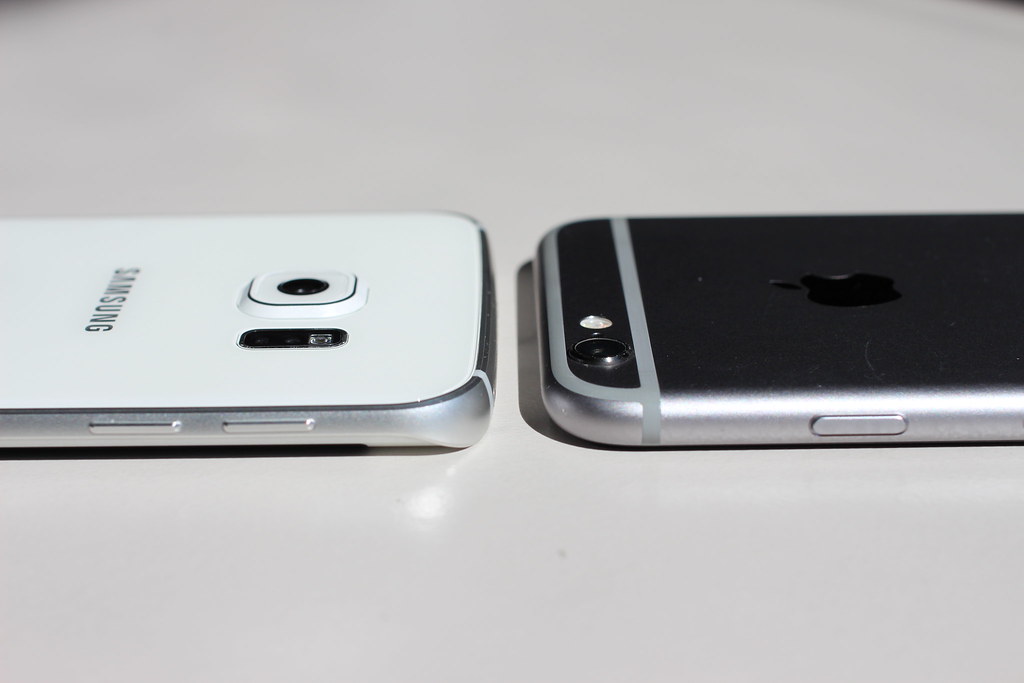Estimated reading time: 3 minutes
217 Views
Chatbots have become increasingly popular over the years as they provide a convenient and efficient way for businesses to interact with their customers. These automated tools can help customers with a variety of tasks such as answering frequently asked questions, providing personalized recommendations, and even processing orders. In this article, we will explore the steps involved in creating a chatbot.
Step 1: Define the Purpose of Your Chatbot
The first step in creating a chatbot is to define its purpose. Ask yourself, what is the primary goal of the chatbot? What problem is it trying to solve? Defining the purpose of your chatbot will help you determine its features, the kind of interactions it will have with users, and the language it will use.
Step 2: Choose a Chatbot Platform
There are several chatbot development platforms available that can help you create a chatbot quickly and easily. Some of the most popular platforms include Dialogflow, Botpress, and Microsoft Bot Framework. Each of these platforms has its unique features, benefits, and limitations, so you will need to choose one based on your needs.
Step 3: Design the Conversational Flow
The next step in creating a chatbot is designing the conversational flow. The conversational flow refers to the sequence of interactions that will occur between the chatbot and the user. This involves mapping out all the possible questions and responses that the chatbot will have with users. It is important to keep the conversation natural, intuitive, and straightforward, as this will help to improve the user experience.
Step 4: Develop the Chatbot
Once you have defined the purpose of your chatbot, chosen a platform, and designed the conversational flow, it’s time to start developing your chatbot. The development process will vary depending on the platform you choose. However, some common development tasks include writing code, configuring the chatbot’s responses, and integrating it with other systems.
Step 5: Test Your Chatbot
Once you have developed your chatbot, it’s time to test it thoroughly. Testing is critical to ensuring that your chatbot works correctly and that users can interact with it without any issues. You can test your chatbot using tools such as chat simulators, which allow you to simulate conversations with your chatbot and identify any issues that need to be addressed.
Step 6: Launch Your Chatbot
Once you have tested your chatbot and addressed any issues, you can launch it. Launching your chatbot involves making it available to users. You can do this by integrating it with your website, mobile app, or social media channels. Once your chatbot is live, you will need to monitor it regularly to ensure that it is performing as expected and to address any issues that may arise.
Conclusion:
Creating a chatbot requires careful planning, development, and testing. However, with the right tools and approach, anyone can create a chatbot that can help businesses interact with their customers more efficiently and effectively. By following the steps outlined in this article, you can create a chatbot that can help you improve customer engagement, reduce response times, and provide a better overall user experience.
For the latest tech news and reviews, follow Rohit Auddy on Twitter, Facebook, and Google News.
For the latest tech news and reviews, follow Rohit Auddy on Twitter, Facebook, and Google News.



